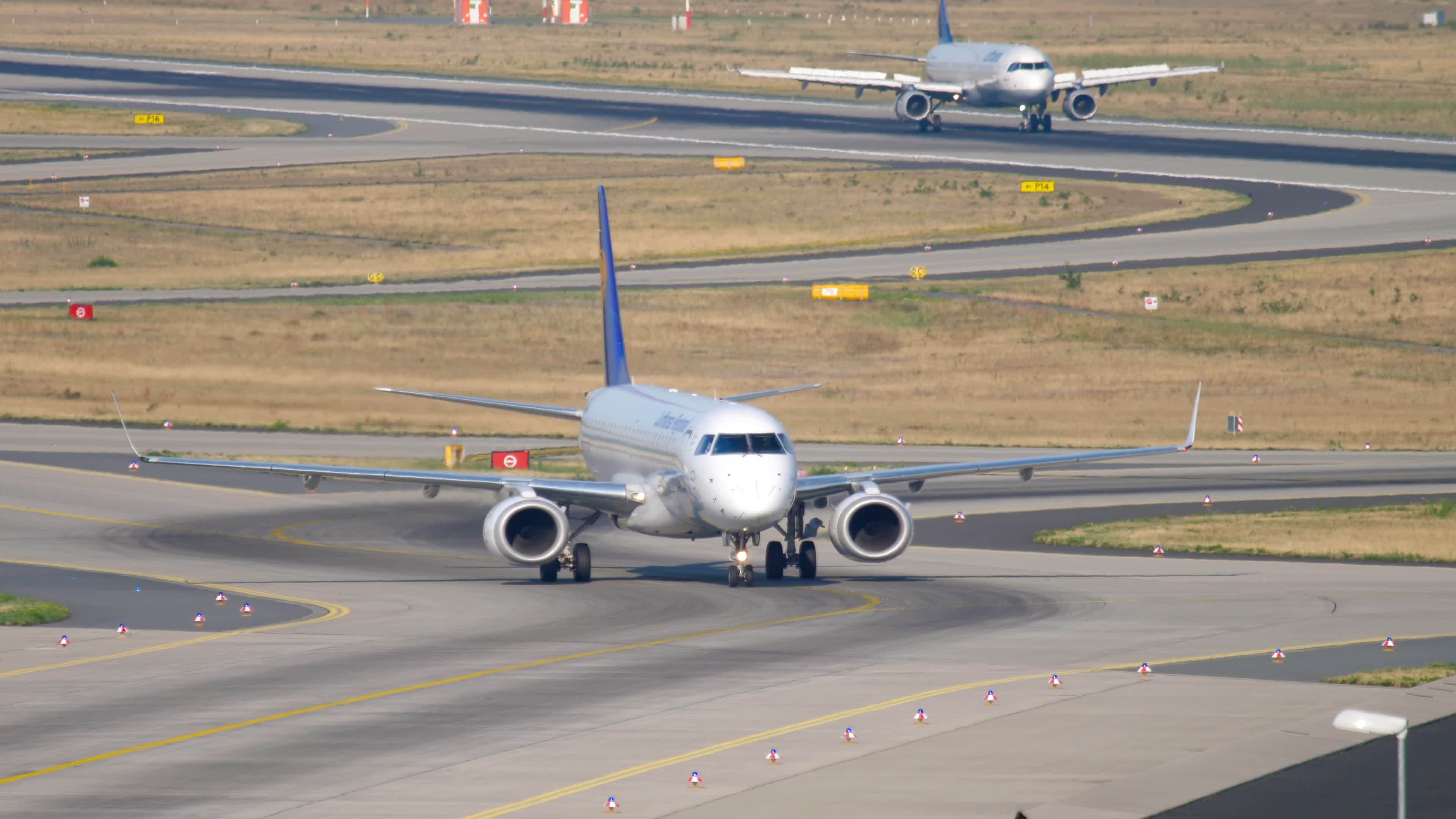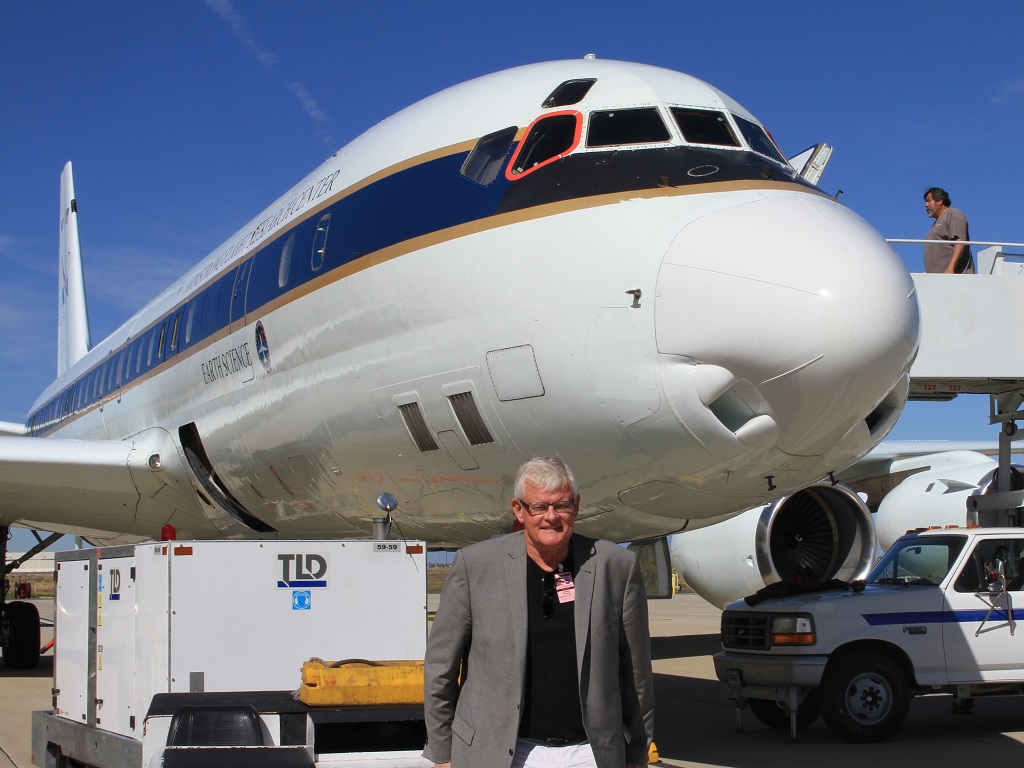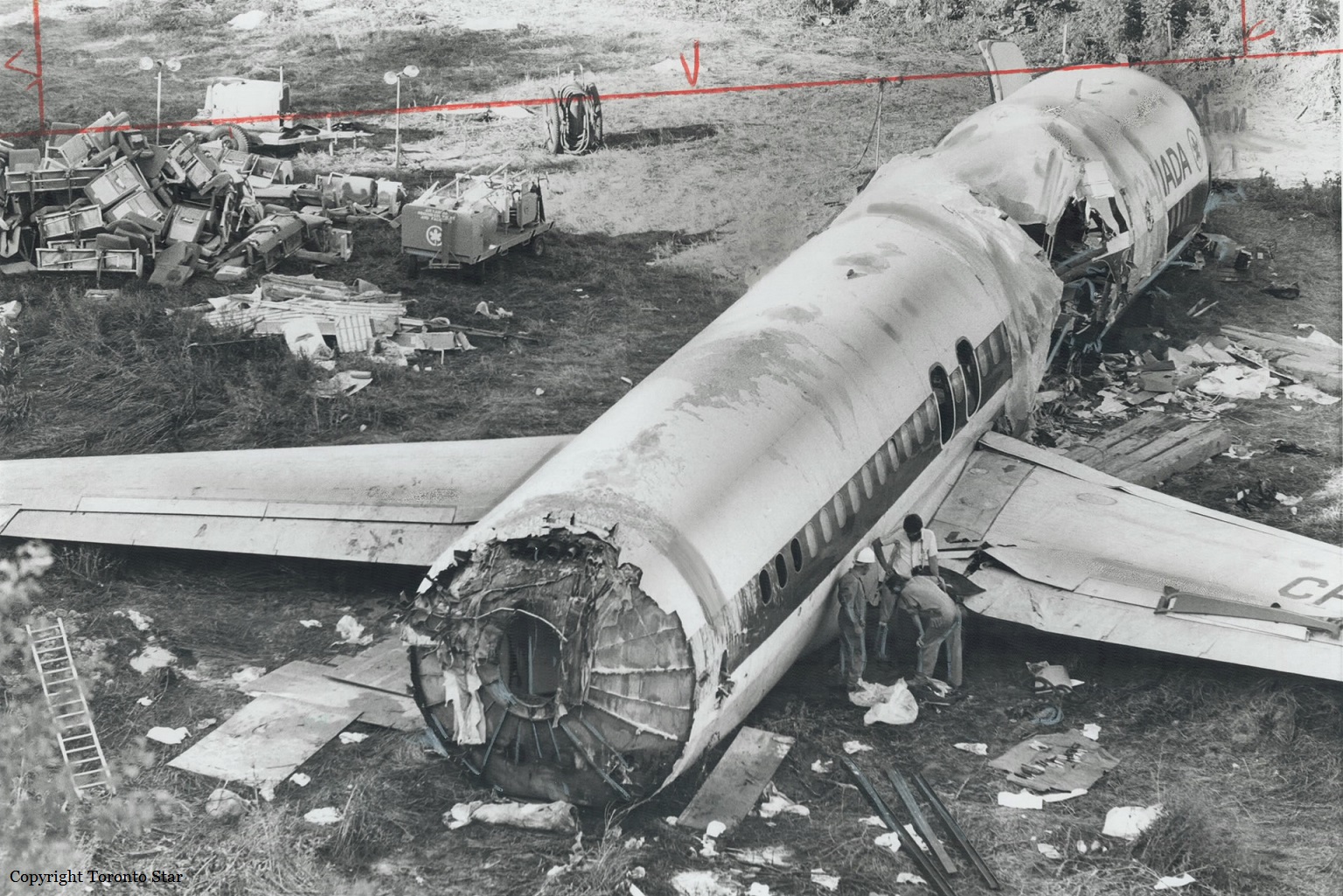Assault Cycle - If the address matches an existing account, you will receive an email with instructions to retrieve your username
If the address matches an existing account, you will receive an email with instructions to reset your password
Assault Cycle

Workplace violence (WPV) is an unwanted phenomenon that affects nurses and nursing staff. Nursing simulations allow students to learn and practice skills in a supervised environment. The development of a pilot study, Mental Health Nursing Simulation of Workplace Challenges, is presented. A simulation was created for undergraduate registered nurses in psychiatric nursing using standardized patient behavior (SP) as an angry psychiatric patient. The simulation was designed to increase students' knowledge of WPV, recognize signs of aggression, use evidence-based interventions to reduce aggressive patients, and evaluate the simulation. Research and the Mental Health Nurse Clinical Confidence Scale were used to measure the objectives providing qualitative and quantitative data. Increases in students' confidence and knowledge were achieved after the simulation. Students rated the simulation as useful. The use of SP created an experiential learning environment for the participants. [Journal of Psychosocial Nursing and Mental Health Services, 55(10), 39–44.]
Savage Assault Bike Workouts For Runners
The author acknowledges Pamela Minarik, PhD, RN, CNS, FAAN, Fang Yu Chou, PhD, RN, and Giovanna de Oliveira, PhD, PMHNP, ANP, RN, for their expertise in manuscript development.
Angell Annohan Solorzano Martinez, MSN, MBA, PHN, RN, DNP Candidate, Psychiatric Nurse Practitioner, Clinical Instructor of Psychiatric Nursing, San Francisco State University, School of Nursing, San Francisco, CA 94132; email: [email protected]
Mr. Solorzano Martinez is a DNP Candidate and Psychiatric Nurse Practitioner, Department of Adult Inpatient Psychiatry, St. Francis Memorial Hospital and California Pacific Medical Center, and Clinical Instructor of Psychiatric Nursing, Samuel Merritt University, San Francisco State University, and University of San Francisco, San Francisco, University of Francisco. , California.
The author has disclosed no financial or other conflicts of interest. Funding for this manuscript was made possible (in part) through Grant numbers 5T06SM060559-05 and 1T06SM061725-01 from the Substance Abuse and Mental Health Services Administration. The opinions expressed in written training materials or publications and by speakers and moderators do not necessarily reflect the official policies of the US Department of Health and Human Services; does not mention trade names, business practices or organizations and is endorsed by the US government.
Lifecore Air Assault Bike
We use cookies on this site to improve your user experience. Please see our privacy policy for full information on all cookies used. Put it on the table - what do you expect from today's lesson? .
Learn about the different types of anxiety Learn how anxiety affects the body and mind (and ways to explain it to children) Understand the possible causes of anxiety Understand what can be done to support an anxious student
3 General information presentation, 15 minute break on anxiety background 30 (work) minutes on approaches to identifying, teaching and addressing anxiety in schools

Excessive worry for 6 months about various aspects of life Difficulty managing anxiety Not caused by illegal substances Effects of work and causes one or more of the following in children: Restlessness, tiring easily, difficulty concentrating or thinking, irritability, muscle tremors, sleep disturbances Anxiety is an uncomfortable feeling or fear of impending disaster. It is a psychological and physical condition that reflects the thoughts and physical reactions that a person experiences when they feel that they cannot successfully control an event or situation. Before explaining the concern, a brief explanation of the DSM. 2-3 minutes (7 minutes total) Source: DSM-5
Assault Air Bike
Social Anxiety: Persistent fear/worry about social situations in which a person may be scrutinized Fear can lead to panic attacks Fear is overrecognized so that avoidance/participation/fear of social situations gets in the way functioning and normal functioning Similar to social anxiety, panic disorders, and phobias It occurs in other forms of anxiety. Although they originate from anxiety, today our attention will be on general anxiety. Source: DSM-5
People feel fear suddenly. Physical symptoms: sweating, chest pain, tremors, suffocation. Phobia Intense fear of a specific object or situation, such as heights or flying. The level of fear is inappropriate.
7 Causes of Anxiety Anxiety can be caused by anything. What is stressful for one person may be a walk in the park for another. Work in pairs for 2-5 minutes - Ask them to think about how the student looks, feels and/or thinks. (Total 15 minutes) In pairs, think about what situations the child might be sad about... Also, think about what the child might be thinking and feeling?
8 The Purpose of Anxiety The prehistoric stress response was about survival! It helps to prepare for fight or flight. Caution is a survival strategy that goes back to prehistoric times. A warning system within the mind and body designed to protect us. In response to acute stressors or threats, the body's sympathetic nervous system is activated by a sudden release of hormones from the amygdala (reptilian brain). This prepares the body to withdraw, flee, or freeze. Our ancestors faced serious threats to their safety, such as wild animals or hostile neighbors, so these fight, flight, or freeze measures were essential for their survival.
The Assault Cycle
Our body cannot differentiate between perceived danger and psychological danger. Therefore, we can show concern without physical danger and respond psychologically and physically. Our body cannot differentiate between perceived danger and psychological danger. If a child is anxious for any reason, it is because they are afraid. Many of the challenges we face today (like losing a job, an exam, meeting deadlines, going to the dentist, or looking at the worms on the last slide) are not matters of life and death. However, if these things threaten or frighten us, even if they are not a real threat to our survival, we will experience the same physiological and psychological reactions as our ancestors. (20 minutes total)
10 The Smoke Alarm Analogy A useful way to think about this is to imagine the anxiety response as a smoke alarm, and this is a great way to explain anxiety to children. A smoke alarm is designed to detect a house fire (a real physical hazard), but it can also detect someone burning toast (not a physical hazard). We may not be able to turn off our anxiety alarm, but we can learn to determine the appropriate level of threat and response. For example, many people who watch a horror movie may experience physiological reactions such as tense muscles, sweaty palms, and increased heart rate, but they will not escape from the movie. (20 minutes total)
The appearance of the body, such as changes in skin color, butterflies in your stomach Dizziness Anxiety can have a profound effect on many aspects of our functioning, including our physiology, thoughts and feelings, behavior and performance. Talk about increased heart rate Dry mouth, sore eyes Tense muscles
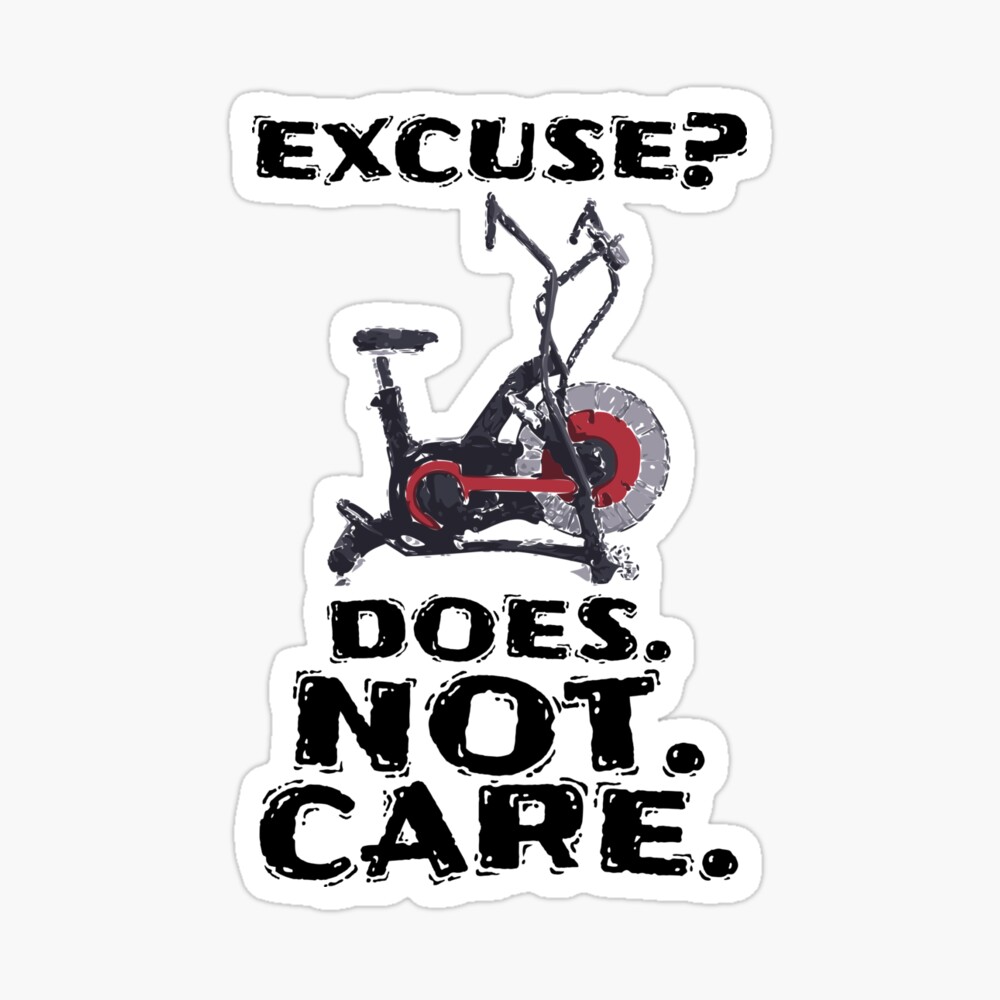
"I'll never be able to do this" nervousness fear extreme focus angry and impatience circular and helpless thinking time decreases
Assault Bike Pro 300
Difficulty concentrating Feeling restless or restless Sleeping problems Now let's look at the effects of anxiety. As someone who is around the child, you will focus on what the child knows. Dealing with these behaviors can be very difficult and often frustrating as it can make it difficult to relate to the child, especially when we feel there is no obvious cause for concern. Take a meditation break with the person sitting next to you (35 minutes total) Avoidance Frozen Sudden acceleration or speed Physical aggression
The focal memory anxiety of the activation effort can significantly affect the executive functions of the brain and can take away some of the skills for other mental tasks. In fact we will have the effect of participating in this educational activity. This is because the chemicals released by the amygdala (the reptilian brain) bypass the frontal cortex (the thinking brain) and prevent our executive functions from functioning effectively. Our executive functions are: Activation: organizing, prioritizing, initiating work Focus: adjusting, maintaining attention, shifting attention Effort: regulating vigilance , sustaining effort, regulating processing speed Memory: storing and processing information, retrieving memories Action: monitoring and regulating one's behavior Emotions : manage frustration, modulate emotions Anxiety can also affect motivation, creating vicious cycles of unhelpful thoughts, feelings and behaviours. We may think "I can't" which makes us feel anxious or helpless and causes us to avoid or withdraw from the situation. This makes it more likely that we will continue
Blockade on cycle defense by assault labs, assault cycle exercise, lyft assault, assault lawyer, cycle qmx urban assault price, cycle qmx urban assault, assault sentences, assault attorney, kaplan and wheeler assault cycle, assault lawsuit, assault cycle diagram, the assault cycle






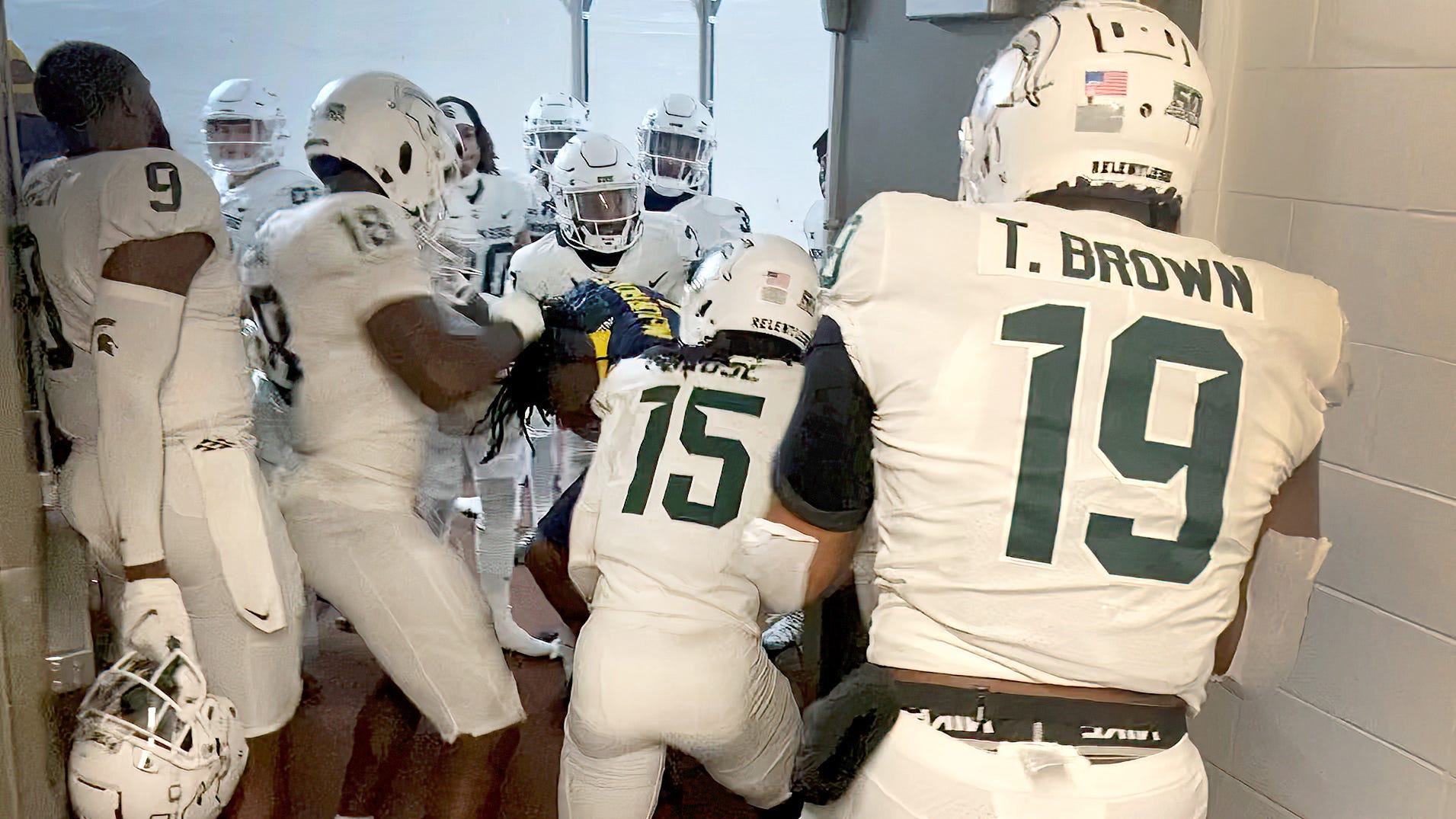



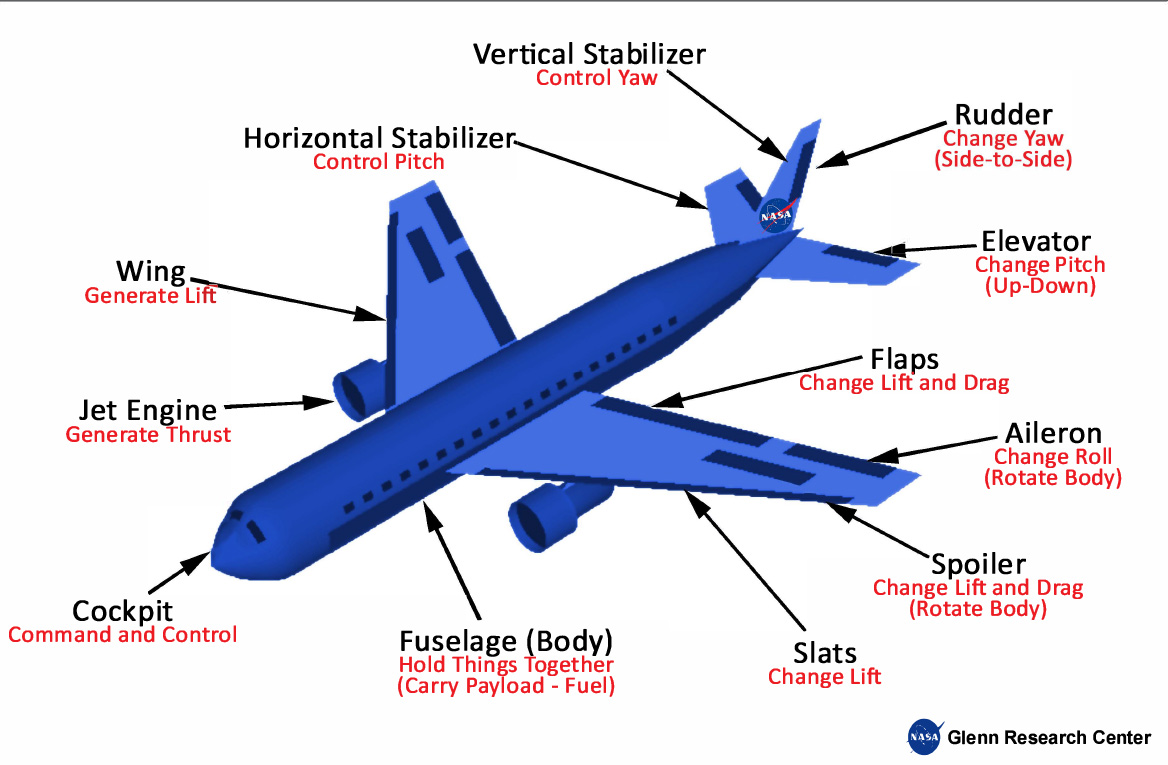



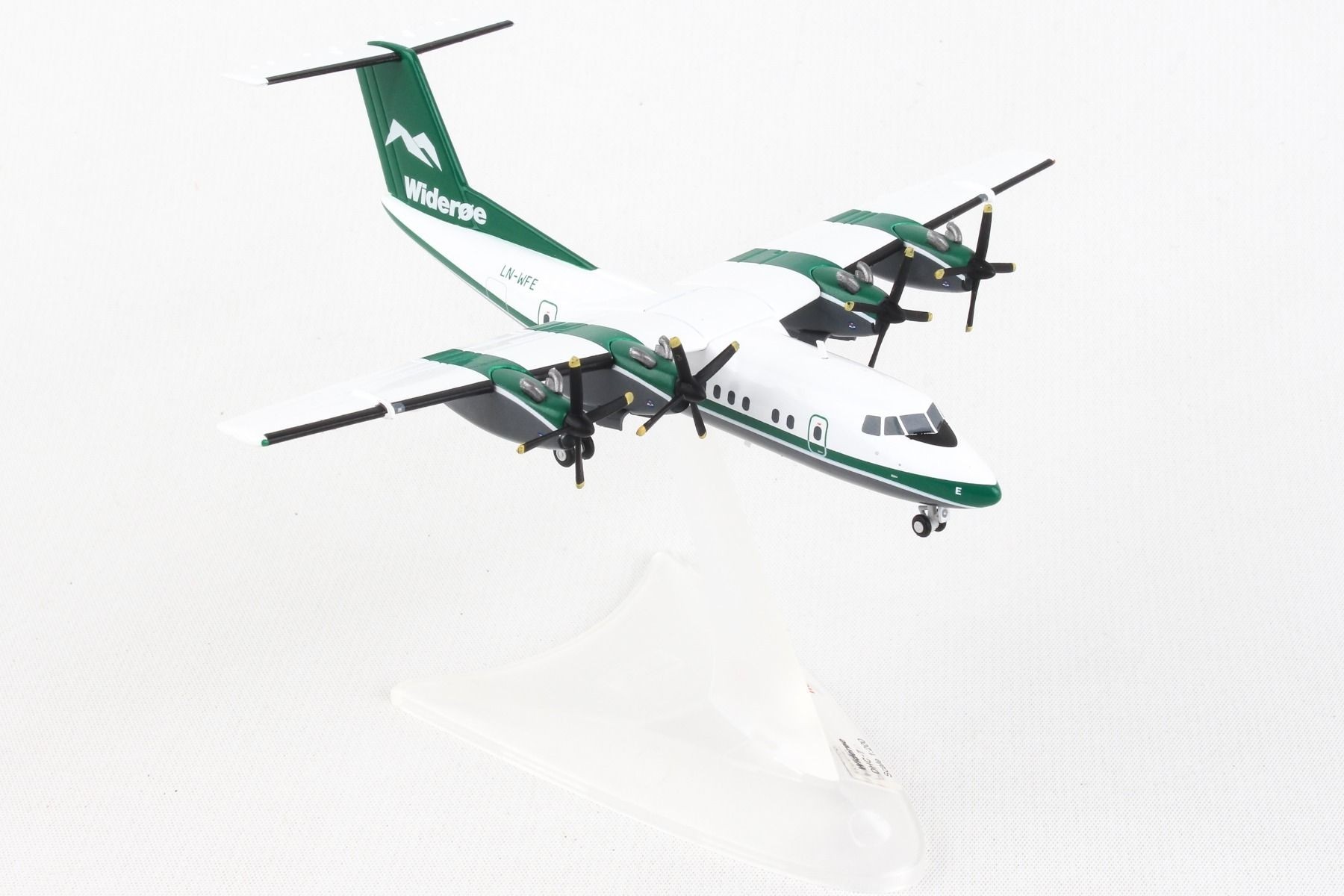

:max_bytes(150000):strip_icc()/181031640-F-56b006613df78cf772cb2878.jpg)

